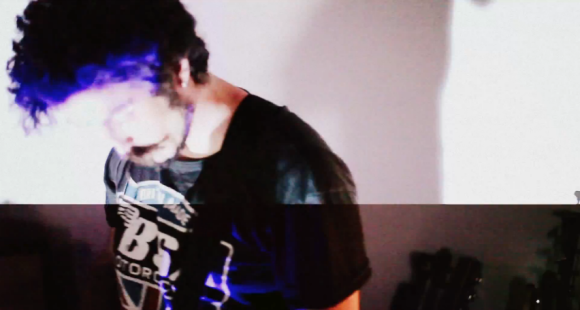
Even if your band hasn’t made it big yet it’s still a lot of fun to put on a great show. This hack will help you add lighting effects to performances without having to shell out for a lighting technician. [Phil] put together a hack that lets you trigger the lights by setting a volume threshold with a pedal switch.
After reading about the hack that adds an EQ display for a pedal board he got the idea to convert the concept as control hardware instead of just for feedback. Just like the visualization project he uses an MSGEQ7 chip which takes care of the audio analysis. He’s using this for electric guitar so he only monitors three or four of the outputs using an Arduino. He built the hardware into a foot pedal by mounting a momentary push button on the lid of the enclosure. Stepping on the button causes the Arduino to save the the current audio level. Whenever it reaches that threshold again it will switch on a mains relay to drive an outlet. In this case a strobe light turns on when he starts to rock out, which explains the bizarre image above. You can get a better feel for the theatrics by watching the clip after the break.















Clever! I wonder if the Arduino has enough processing power to try and identify different medleys? Rather than being based entirely on the volume, it could detect a particular part of the song where you want a different set of mood lighting.
Arduino – No chance.
RPi, maybe. The software side of it would be a nightmare though. The best way to do it would be get a midi pickup, transmitting to the pi, looking at patterns of chords/notes against probably a big ol’ lookup table? perhaps with a stompbox to start/end a sample.
if you can save like 5-8 seconds at a time, send to the rpi and have it match the soundwave pattern (fuzzy match) it may work, think shazam/soundhound. Unfortunately, DSP Matching in linux is quite complicated.
@jnwatts, it’s not based entirely on the volume. It’s based on the levels of four frequency bands 160Hz 400Hz 1KHz 2.5KHz 6.25KHz, I had originally thought of putting in a pot for each band but then I thought that sampling the desired levels with a momentary switch was easier. Pots may be better for fine tuning though. Either way, tracking the four bands makes it much more specific than just overall amplitude, specific effects could trigger it, low-end boosts, phasers or octave pedals for example.
@jnwatts, it’s not based entirely on the volume. It’s based on the levels of four frequency bands 160Hz 400Hz 1KHz 2.5KHz 6.25KHz, I had originally thought of putting in a pot for each band but then I thought that sampling the desired levels with a momentary switch was easier. Pots may be better for fine tuning though. Either way, tracking the four bands makes it much more specific than just overall amplitude, specific effects could trigger it, low-end boosts, phasers or octave pedals for example.
I’m just wondering about the same thing. This is awesome regardless. He can put on a stadium show even when he’s playing in a dinky pub.
Epilepsy Warning!!!
That’s a neat mod, it’s hard to tell from the video, are you doing anything to the trigger rate of the strobe there with regard to tempo? That could be a neat trick, if you can get it to pick up the tempo (or pre-program it) then as you hit certain freq/levels it can play the strobe at different rates too.
you should look at hooking up some addressable RGB leds too, you can get some fantastic strobe effects out of them that are completely controllable, they’re great for contrasting alternating colours, rainbow strobe effects etc.
This strobe has a pot for tempo, it’s just hard set at this point. I also have some ShiftBrites and other RGB strips, but stage lights and DMX lights are already so plentiful, it would be great to interface them more closely with this type of audio analyzer — usually they just have a hard coded algorithm that syncs with bass frequencies.
I went this way as a proof of concept really, a lot of options spring from this type of setup.
That is pretty sick. It would pretty funny to get a strobe light, fog machine and beacon to activate all at once. I would play tricks on my friends all the time with that.
Nice msgeq7 idea:
http://www.youtube.com/watch?v=3aTjIN7bjg0